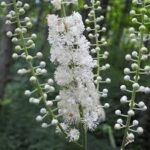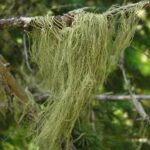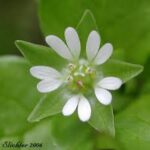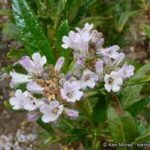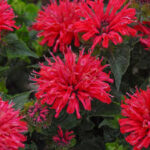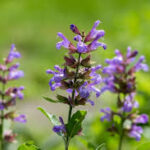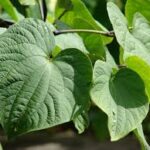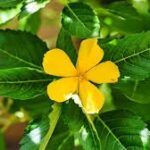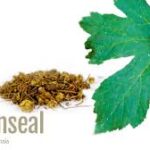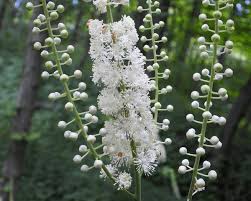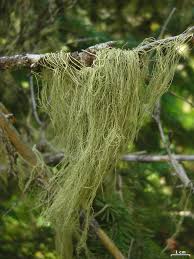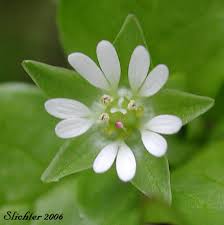What is Bee Balm?
Bee Balm (Monarda didyma), also known as Oswego tea or bergamot herb, is a flowering plant native to North America. It has been traditionally used by Native Americans for its medicinal and aromatic qualities. With its vibrant red or pink flowers and a spicy, minty flavor, bee balm is both a beautiful garden plant and a powerful herbal remedy.Health Benefits of Bee Balm
-
Respiratory Support: Helps relieve colds, congestion, sore throats, and sinus infections.
-
Digestive Aid: Eases bloating, gas, nausea, and upset stomach.
-
Antimicrobial Properties: Contains thymol, which has antibacterial and antifungal effects.
-
Stress Relief: Acts as a mild relaxant to reduce anxiety and tension.
-
Menstrual Support: May ease cramps and discomfort associated with menstruation.
-
Immune Boosting: Supports the body’s defenses during cold and flu season.
-
Topical Use: Can be applied externally to treat minor wounds, rashes, and skin irritations.How to Make Bee Balm Tea
Ingredients:
-
1–2 teaspoons dried bee balm leaves or flowers (or a few fresh sprigs)
-
1 cup boiling water
-
(Optional) honey or lemon for flavor
Instructions:
-
Place bee balm in a cup or teapot.
-
Pour boiling water over the herb.
-
Cover and let steep for 10–15 minutes.
-
Strain and drink warm.
-
Enjoy 1–2 times per day, especially during cold season or times of stress.
Tip: Bee balm tea has a slightly spicy, minty taste and pairs well with honey.Precautions
Bee balm is generally considered safe in moderate amounts. However, those who are allergic to plants in the mint family (Lamiaceae) should avoid it. Always consult a healthcare provider before using any new herbal remedy, especially if pregnant, breastfeeding, or on medication.
Bee Balm
Monarda didyma
Oswego Tea
Herbal Tea
Respiratory Support
Digestive Health
Immune Booster
Calming Herbs
Native American Medicine
Natural Remedies
